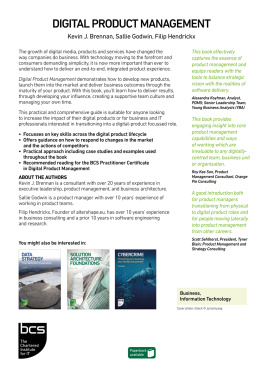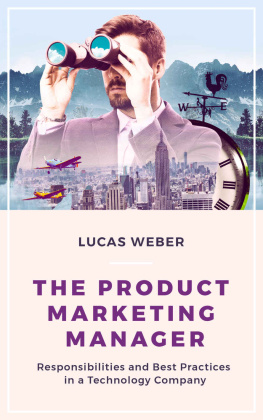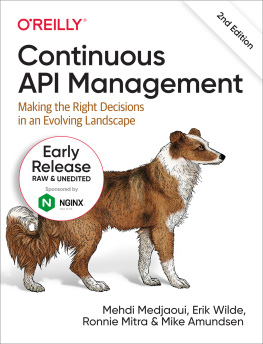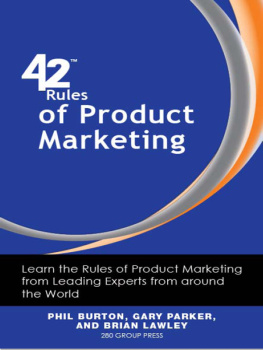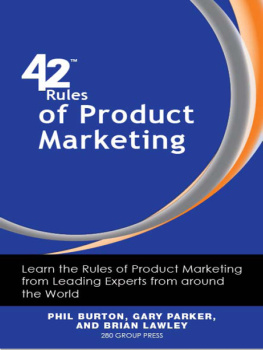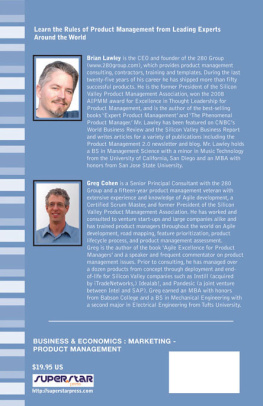First published 2022 in Great Britain and the United States by ISTE Ltd and John Wiley & Sons, Inc.
Apart from any fair dealing for the purposes of research or private study, or criticism or review, as permitted under the Copyright, Designs and Patents Act 1988, this publication may only be reproduced, stored or transmitted, in any form or by any means, with the prior permission in writing of the publishers, or in the case of reprographic reproduction in accordance with the terms and licenses issued by the CLA. Enquiries concerning reproduction outside these terms should be sent to the publishers at the undermentioned address:
John Wiley & Sons, Inc.
The rights of Franck Bayle to be identified as the author of this work have been asserted by him in accordance with the Copyright, Designs and Patents Act 1988.
Any opinions, findings, and conclusions or recommendations expressed in this material are those of the author(s), contributor(s) or editor(s) and do not necessarily reflect the views of ISTE Group.
Foreword by Laurent Denis
Human beings are plagued by major worries, such as fear of death and fear of illness. How long will I live? is a question that arises even in childhood. Will I one day have to deal with a condition similar to my neighbors?. We live in an age where disease, death, old age and disability are subjects to be avoided in polite conversation. How are you? is a standard greeting to which a different and darker reply than the traditional, Im very well, thank you, and you? risks embarrassing or even annoying the other party. Avoiding the problems of others, for fear they may be contagious, gives us a sense of immortality on a daily basis.
This is a rather recent phenomenon, as many previous generations did not hide the elderly or sick, although the risk of accidents in everyday life was higher and so death was a more common occurrence. It was certainly a source of anxiety, but the Church was there to alleviate it. Today we hide this subject by paying attention to a society made up of young, healthy people whom we must emulate at all costs so as to be part of it. Since our days are more or less the same, we succumb to procrastination at the first opportunity and Senecas carpe diem loses its wonderful charm to give way to flat Platonic reflection.
Surprisingly, a similar problem exists in industry: there is a willingness to forget that a product may be subject to failure during its lifetime, given it has been optimally designed for the required functions. Some simple principles of upstream reliability analysis, from the design phase onwards, are now well-established, but they thwart the deep-seated notion that proper design outweighs everything else. Two essential points are overlooked: when a technology naturally reaches maturity, only a technological breakthrough can mark a distinction between two products performing the same function, unless it can be demonstrated that product A will last longer and be safer than product B. Moreover, the uses of the same product can multiply according to its ability to adapt to multiple environments. A good understanding of these uses in the field makes it possible to improve robustness properly at the design stage, in order that it can withstand any mission profile assigned to it during operation; this is one way to increase competitiveness.
Many companies still see the reliability study of a system before it becomes operational as a mandatory step to be overcome, bypassing or minimizing it as soon as possible. In the design phase, a signed product FMECA will end up in a folder, its purpose merely to certify that the rules have been followed correctly. The objective of the test phase is to confirm that the device being tested meets the requirements of a standard, without taking the opportunity to validate that the mission profiles on the ground will not unpredictably damage the product. During production, process control cards are used to verify that tolerance limits are not exceeded, without establishing forecasting instances that could lead to accidental stops. Hence, only data in the form of returned products, found to be defective by the end user, are subjected to a posteriori analyses by customer support. This can incur various costs and may lead to product recall if a serious defect is found.
Fortunately, however, the reality tends to be a little less bleak than the situation described above, with the emergence and dissemination of best practices that are based on theories validated by various industry sectors. These are now adapting to the challenges that companies face: making increasingly complex products that are more adaptable and ever-faster, while maintaining quality standards and reducing costs. This no longer involves applying deterministic models in which a single value is assigned to an objective to be reached. Instead, it is about drawing up a range of possible solutions that allow the supplier or integrator to make sure that the worst case a product might be subjected to on the ground can still be controlled by statistical modeling. The best way to achieve this is through the combined use of theoretical and technical resources: an in-depth understanding of the possible technological problems and solutions given by the manufacturer allows the qualified reliability engineer to build the most suitable predictive models. Ideally, a single person would have these two complementary sets of skills.
Franck Bayle is a perfect example of this. Throughout the second part of his career as an electronics engineer, he relentlessly addressed challenges that no one had previously openly solved, and he developed algorithmic solutions based on cutting edge theories. He was nevertheless confronted with the ills that plague most large groups: habit and fear of change. When he proposed significant advances across the whole company, only his more informed colleagues considered these to be opportunities for improvement. Sometimes his work was considered useless by those whose feeling was: Why consider risks when there are no problems on the ground?. This is reminiscent of: Why would I get sick when I am fit and healthy?. We have to be forward thinkers to be able to act before any problem arises, and Franck Bayle is such a person. His book presents all the best practices he has managed to implement within his department, as well as all the advances that I have had the chance to see implemented, which he continues to improve.
This book is essential reading for any passionate reliability engineer, and it is a real pleasure and an honor to write this foreword to accompany it.
Laurent DENIS
STATXPERT
November 2021
Foreword by Serge Zaninotti
When Franck invited me to work with him on his second book on system maturity, I immediately accepted. My interest in the subject has grown largely as a result of the rich technical exchanges we have had over the last 15 years, and strengthened after reading his first book, published in 2019, on the reliability of maintained systems under aging mechanisms.



